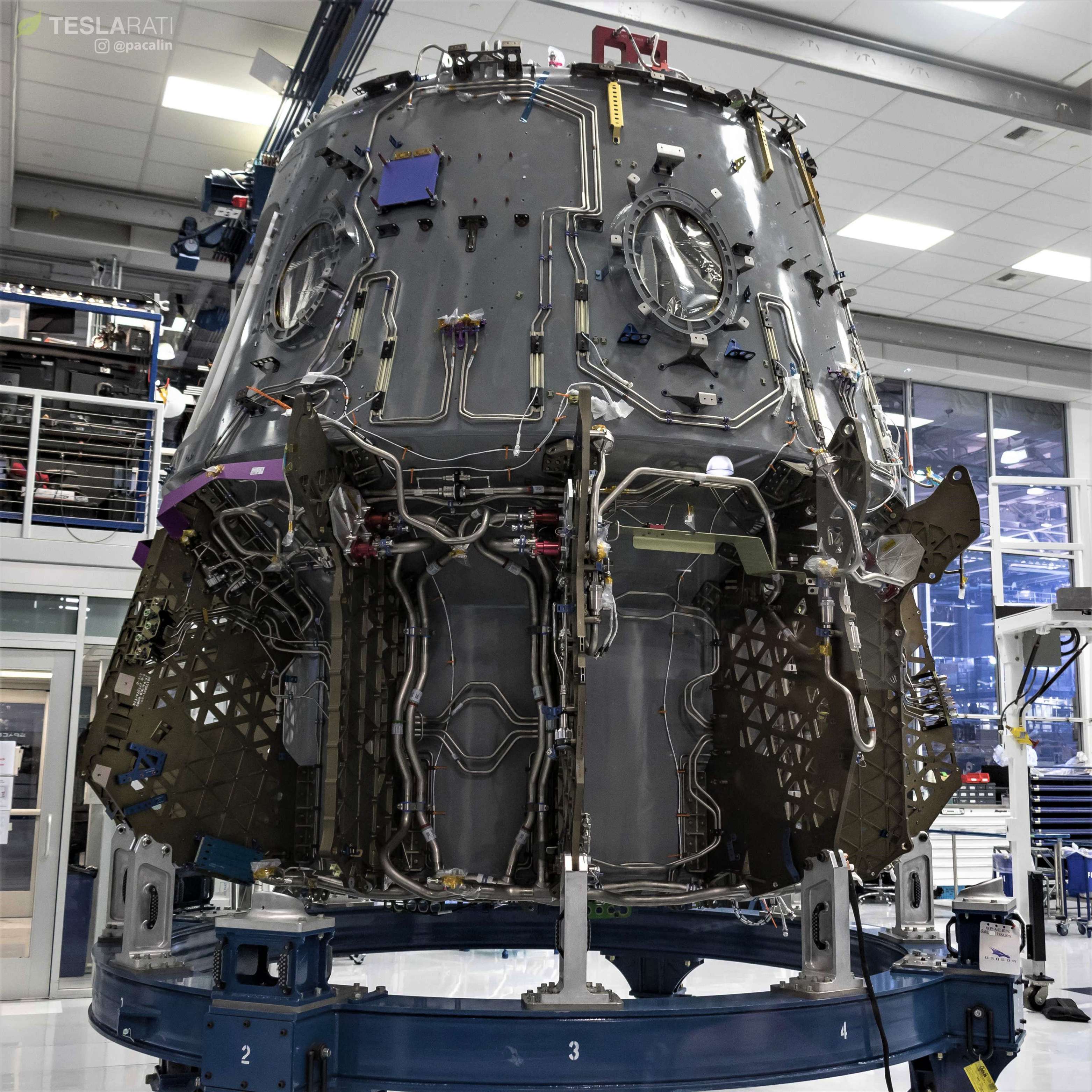LES thrusters, really, probably shouldn't be very innovative. The rest of the spacecraft, sure, but for launch escape you want reliability and safety, not cutting edge. It's a seatbelt, not an engine, so to speak.
Of course, SpaceX was trying to do propulsive landing, but that had already been abandoned.
Hypergolic propellants are a bomb if the tanks are ever breached, whereas a solid propellant will have its maximum burn rate in an intact chamber and will sputter out if the chamber develops spontaneous unplanned nozzles of significant size.
Hypergols are fine on lower stages, unmanned spacecraft, or in applications like RCS thrusters where the required quantities are small and less damaging if they do cook off, but I guarantee you that after this, no space agency will accept liquid fuel, integrated LES motors on a manned spacecraft.

